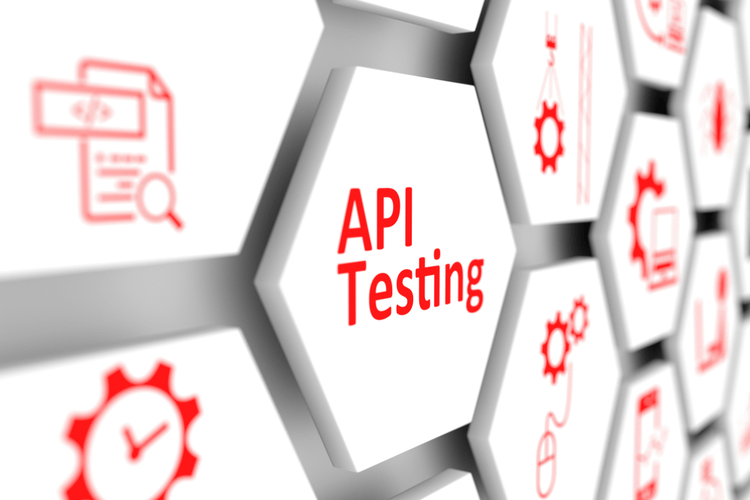What Is SDLC? Understand the Software Development Life Cycle
This methodology outlines a series of steps that divide the software development process into tasks you can assign, complete, and measure. Like other data-related projects, the activities in the analysis phase should include profiling the data in the source and target data structures. The requirements phase should include verifying that the assumptions made are true by trying the load of very small amounts of data. In most use cases, a system is an IT technology such as hardware and software.

Each stage has a separate project plan and takes information from the previous stage to avoid similar issues (if encountered). However, it is vulnerable to early delays and can lead to big problems arising for development teams later down the road. They’ll typically turn the SRS document they created into a more logical structure that can later be implemented in a programming language. Operation, training, and maintenance plans will all be drawn up so that developers know what they need to do throughout every stage of the cycle moving forward.
Phase 4: Design and Development
System development life cycles are typically used when developing IT projects. It’s advantageous for large projects since development teams can create very customized products and incorporate any received feedback relatively early in the life cycle. One of the https://www.globalcloudteam.com/ upsides to this model is that developers can create a working version of the project relatively early in their development life cycle, so implement the changes are often less expensive. Product program code is built per the design document specifications.
However, many organizations choose to move the product through different deployment environments such as a testing or staging environment. Security is critical – especially when the purpose of the system development life cycle is to create software. Software is the most-attacked part of the security perimeter, and more than half of all successful security breaches begin with an attack on an application. Once you’ve got your design plans in front of you, it’s time for wireframing and mockups. This step builds upon the planning stage, building out the tasks you need to do in the work breakdown schedule.
Change Control process explained
Every phase can be supplemented by various tools to support the phase’s main goal. Object-oriented analysis and design (OOAD) is the process of analyzing a problem domain to develop a conceptual model that can then be used to guide development. During the analysis phase, a programmer develops written requirements and a formal vision document via interviews with stakeholders. In project management it is a method comparable to PRINCE2 and describes methods for project management as well as methods for system development. The V-model, while rigid in process, can be very flexible in application, especially as it pertains to the scope outside of the realm of the System Development Lifecycle normal parameters.

Next, let’s explore the different stages of the Software Development Life Cycle. In short, this phase consists of collecting and interpreting facts, diagnosing issues, and proposing improvements for the system. It is vital to have as diverse a team as possible during this phase. If more people who know and use the system are present, the greater the chances are of finding valuable improvement points.
Phase 2: planning and requirements
Project and program managers typically take part in SDLC, along with system and software engineers, development teams and end-users. SDLC products from software vendors promise organizational clarity, modern process development procedures, legacy application strategies, and improved security features. Vendors such as Oracle, Airbrake, and Veracode provide software development solutions in their complete enterprise software offerings.

During the testing stage, developers will go over their software with a fine-tooth comb, noting any bugs or defects that need to be tracked, fixed, and later retested. The analysis stage includes gathering all the specific details required for a new system as well as determining the first ideas for prototypes. It’s easy to identify and manage risks, as requirements can change between iterations.
Stage 4: Develop the code.
An important concept of SDLC is this is an iterative process and the aim of SDLC is to create a high quality system that matches the customer requirements regarding time, cost, effectiveness and efficiency. The waterfall model provides discipline to project management and gives a tangible output at the end of each phase. However, there is little room for change once a phase is considered complete, as changes can affect the software’s delivery time, cost, and quality. Therefore, the model is most suitable for small software development projects, where tasks are easy to arrange and manage and requirements can be pre-defined accurately.

The Agile SDLC model separates the product into cycles and delivers a working product very quickly. Testing of each release feeds back info that’s incorporated into the next systems development cycle version. According to Robert Half, the drawback of this model is that the heavy emphasis on customer interaction can lead the project in the wrong direction in some cases.
IV. Systems Development Life Cycle
The second theme includes ways to determine the data necessary to produce the logical requirements specified by the organization. Lean is about only working on what must be worked on at that specific moment. The project team is focused on finding opportunities to eliminate waste, to drop unnecessary things like meetings, and minimising documentation. The difference with the Agile approach in software is the focus on customer satisfaction throughout the entire lifespan of a system.
- The testing must be repeated, if necessary, until the risk of errors and bugs has reached an acceptable level.
- This article will provide an in-depth analysis of the history, definition, phases, benefits, and disadvantages, along with solutions that support the system development life cycle.
- The new seven phases of SDLC include planning, analysis, design, development, testing, implementation, and maintenance.
- The basic fact finding techniques include questionnaires, interviews, observation, and document collection.
SDLC done right can allow the highest level of management control and documentation. All parties agree on the goal upfront and see a clear plan for arriving at that goal. The correct use of the System Development Life Cycle has a large number of benefits.
What Is SDLC (Software Development Lifecycle)?
At times, a legacy system must be maintained for a period as a new system is being fully implemented. Each phase has its own mini-plan and each phase “waterfalls” into the next. The biggest drawback of this model is that small details left incomplete can hold up the entire process. The Lean model is also often used for software development purposes.